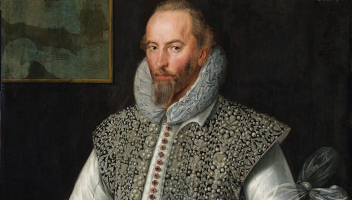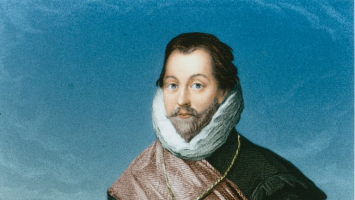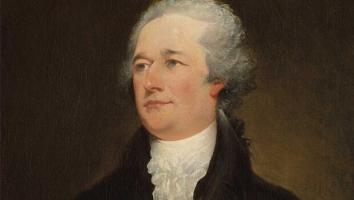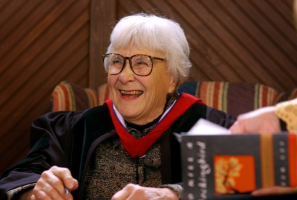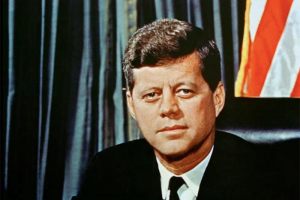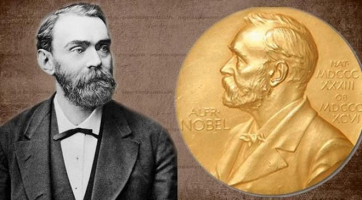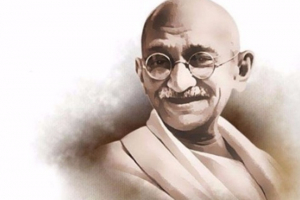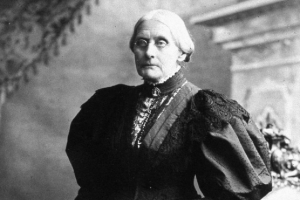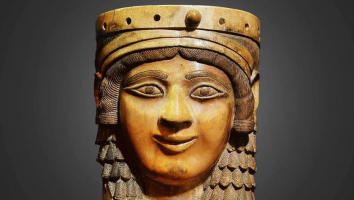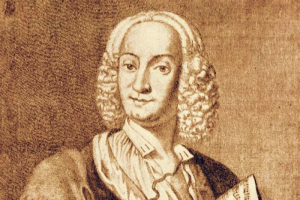Top 7 Interesting Facts about Sir Arthur Conan Doyle
One of the most well-known British authors of the 19th and 20th centuries is Sir Arthur Conan Doyle. Despite the fact that Conan Doyle wrote numerous books ... read more...over the course of his life, the Sherlock Holmes persona is what made him most renowned. Over a century after his debut, Sherlock Holmes is still regarded as one of fiction's top detectives. His influence on culture cannot be denied. Let's look at 9 amazing facts about Sir Arthur Conan Doyle to learn more about his fascinating life that went beyond his writing.
-
Six years after the infamous Whitechapel killings by the man known as "Jack the Ripper," in 1894, Doyle was questioned by an American journalist about how Sherlock Holmes may have gone about finding the Ripper. Doyle retorted that Holmes would have looked at the letter the Jack the Ripper is said to have sent to the police first. Doyle worked under the assumption that the letter was real despite the possibility that it was a fraud. He continued by inferring from the letter's handwriting that the author had spent some time in America (the phrases "Dear Boss" and "fix it up" both occurred in the letter), was accustomed to using a pen, and had a job that required regular writing.
In order to see if anyone could come forward and identify the handwriting, Doyle concluded his response by stating that Holmes would have published facsimiles of this letter in the top newspapers in both the UK and the US. "Oddly enough, the police did not consider that, as far as I know," Doyle said. But did the person who served as inspiration for Sherlock Holmes find the guilty party sooner than his creator did? The detective's real-life model, Dr. Joseph Bell, also made an effort to find the murderer. He and a friend each did their own independent investigations before placing their results and the identity of the most likely suspect into separate envelopes. When they exchanged the envelopes, they found that they had both come up with the same name. Their findings were then handed on to the police. Shortly after this, the murders mysteriously stopped…
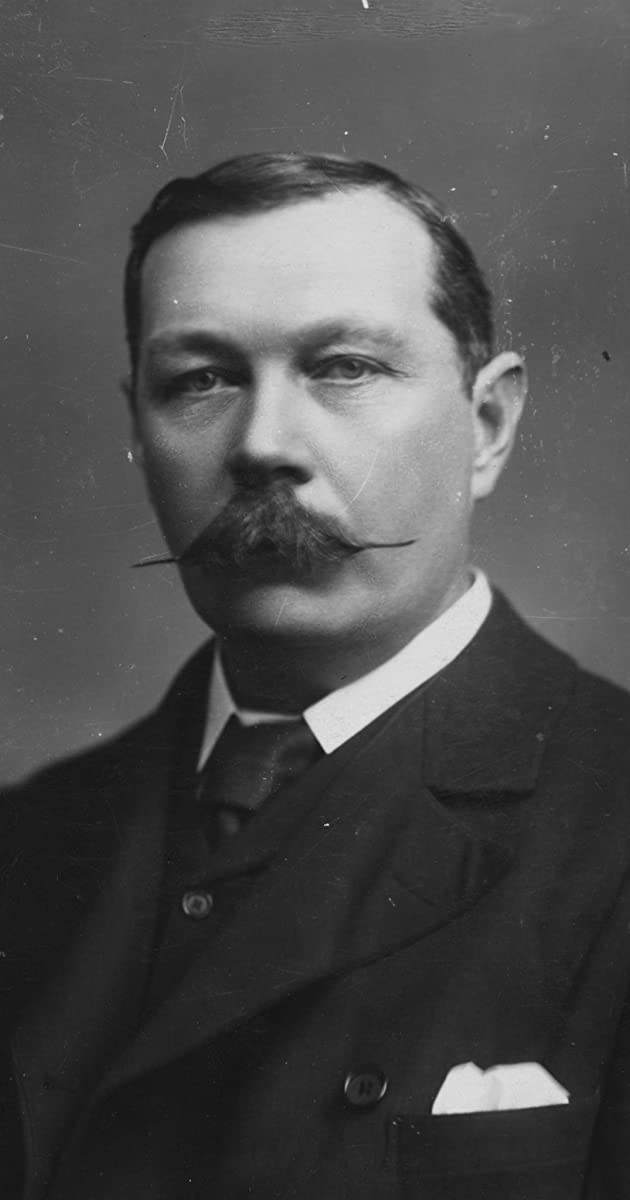
Source: IMDb 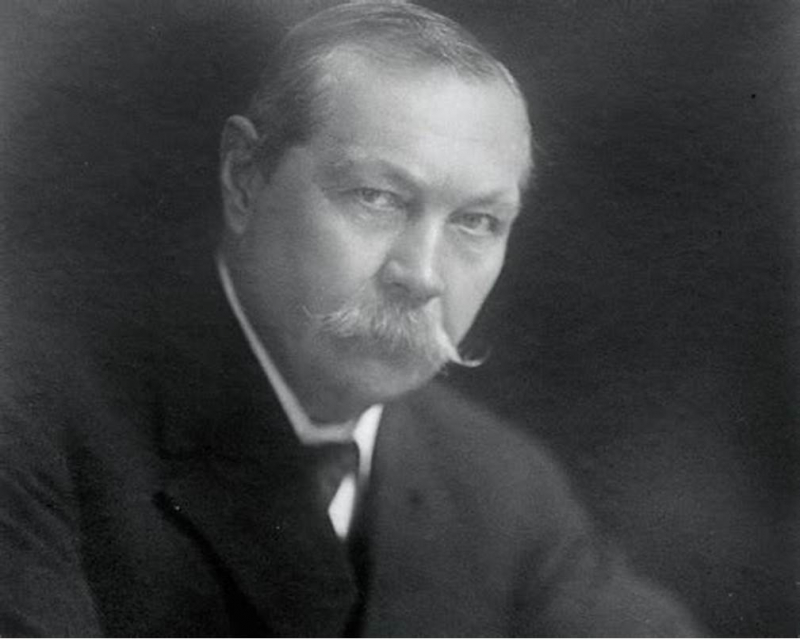
Source: britishheritage.com -
It is well known that Doyle believed in spiritualism, seances, and fairies throughout the latter several decades of his life. Even though it's not technically one of his Professor Challenger books, he authored a book in 1926 called The Land of Mist on the spiritualist movement (though the Professor takes a backseat in this story). However, Doyle's fascination with spiritualism merits consideration in this context because of his improbable association with Harry Houdini.
Doyle was persuaded that Houdini had the spiritual gift of "dematerialization" as a result of his extraordinary talent for deception, which included the ability to make an elephant appear to vanish into thin air and escape from locked boxes and rooms. Houdini and Doyle were friends, but in private, Houdini called Doyle's views "applesauce" and "hogwash," and he began to expose dishonest mediums, spiritualists, and others who said to have heavenly powers (but were actually using similar trickery to Houdini). The friendship ended after the two men got into a pretty public argument.
The renowned detective Sherlock Holmes' creator lived a full life deserving of the pages of his novels. He investigated murders, took perilous trips to the Arctic and the Alps, and, despite the fact that his most renowned character is the picture of sane reasoning, he passionately believed in fairies and spirits.
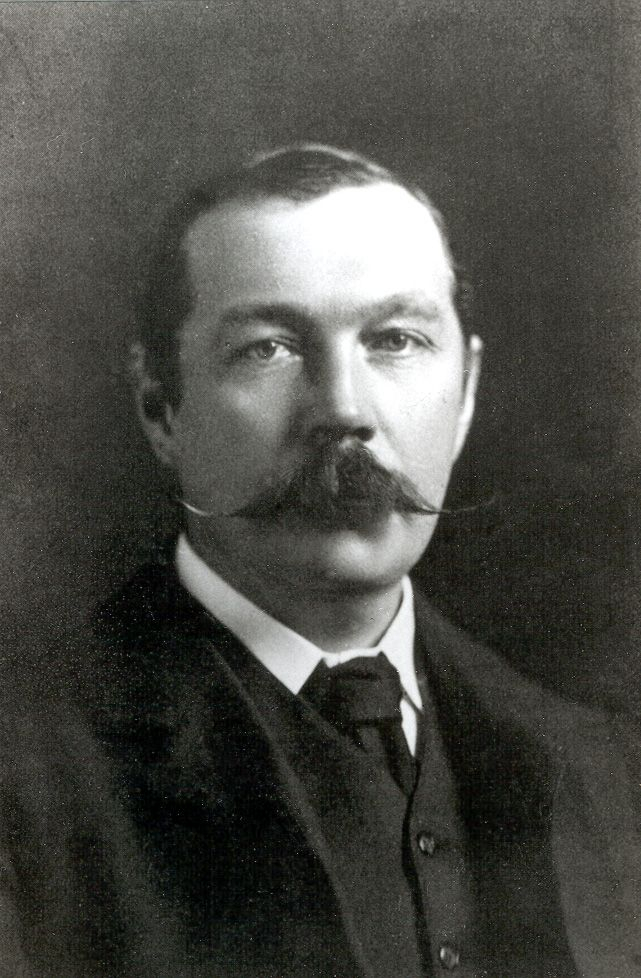
Source: pinterest.com 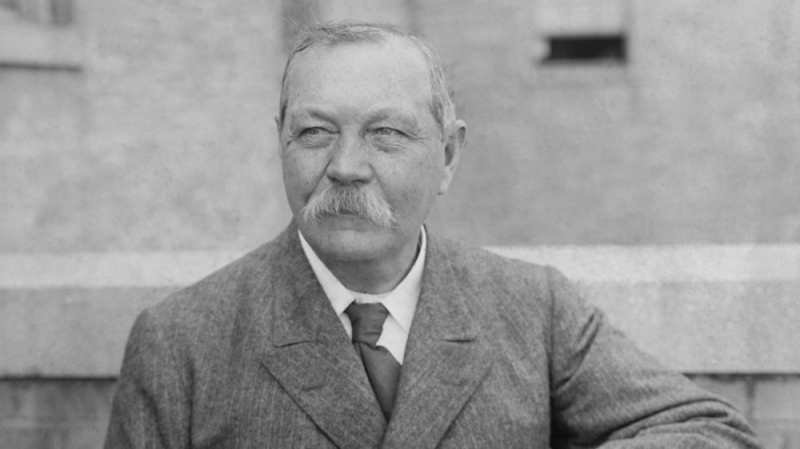
Source: grunge.com -
Conan Doyle was the second of seven living children when he was born in Edinburgh, Scotland, in 1859. The artist Charles Doyle, his father, battled alcoholism and even stole from his kids' piggy banks to support his habit. Conan Doyle noted in his autobiography that the family's financial situation was always precarious: "We lived in the tough and exhilarating atmosphere of poverty." Charles' unpredictable behavior ultimately led to his commitment to an asylum.
Mary Foley Doyle, the author's mother, provided stability during this home upheaval. Conan Doyle complimented her for sparking his creativity and narrative talent. "In my early childhood, as far as I can remember anything at all, the vivid stories which she would tell me stand out so clearly that they obscure the real facts of my life,” he recalled. “I am sure, looking back, that it was in attempting to emulate these stories of my childhood that I first began weaving dreams myself."
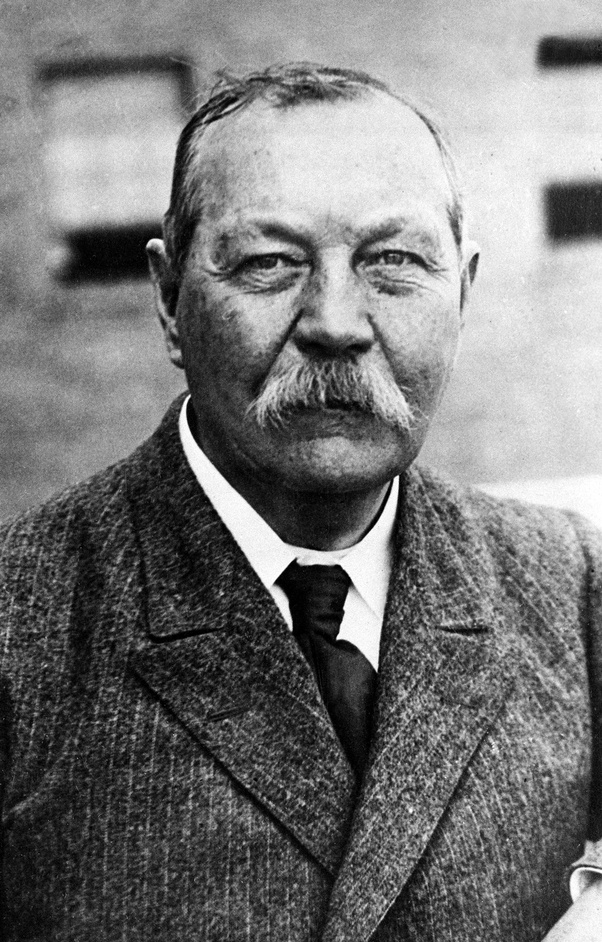
Source: quora.com 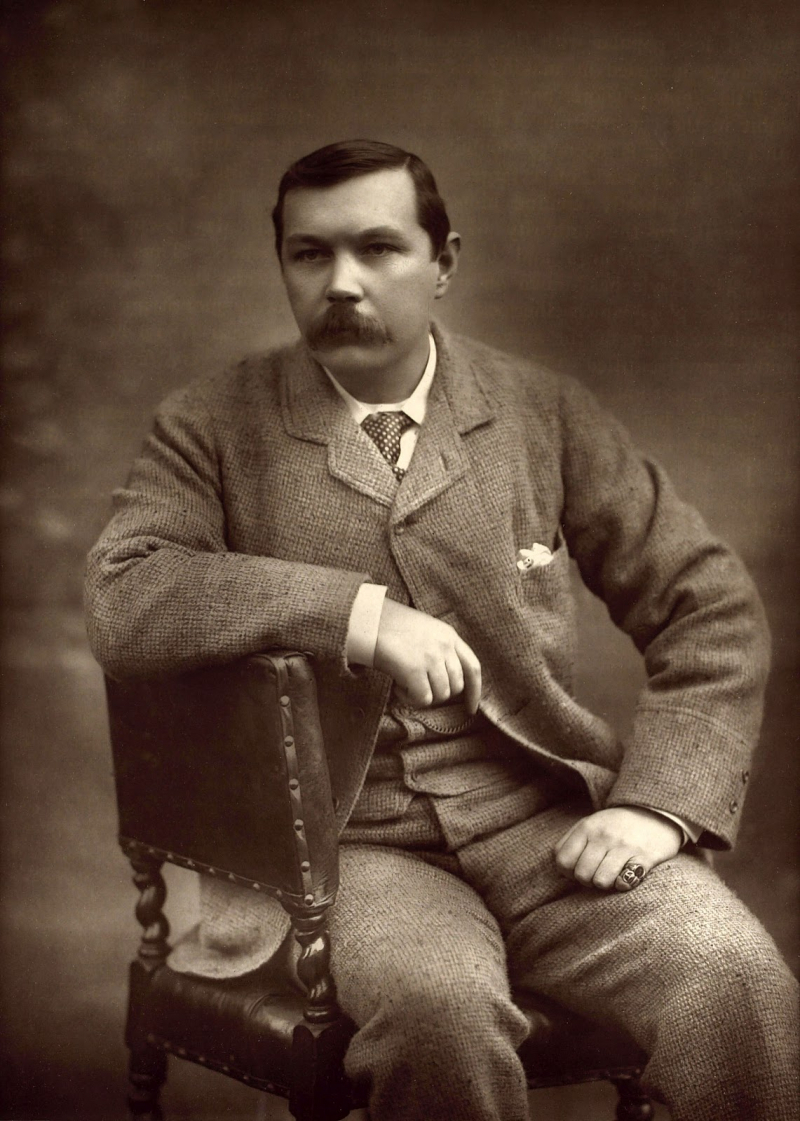
Source: pauldavisoncrime.com -
Conan Doyle enrolled in the University of Edinburgh's medical program when he was 17 years old, and he finished his studies there in 1881, earning a Bachelor of Medicine and a Master of Surgery. He finished his M.D. thesis on tables dorsalis, a degenerative neurological condition, four years later. Later, he went to Vienna to further his interest in ophthalmology.
In the English city of Portsmouth, where he also penned his first two Sherlock Holmes books, A Study in Scarlet and The Sign of Four, Conan Doyle started a medical practice. Dr. Joseph Bell, one of Holmes' medical school professors, was modeled in part after him because of his reputation for drawing conclusions about his patients through careful observation.
Conan Doyle moved to London in 1891 to practice ophthalmology. He would later quip that his rented offices had two waiting rooms: "I waited in the consulting room, and no one waited in the waiting room." The endeavor was not a great success. Conan Doyle, though, still had plenty of time to dedicate to his growing writing career. Soon after, he decided to abandon medicine in favor of writing, a choice he later referred to as "one of the great moments of exultation" of his life.
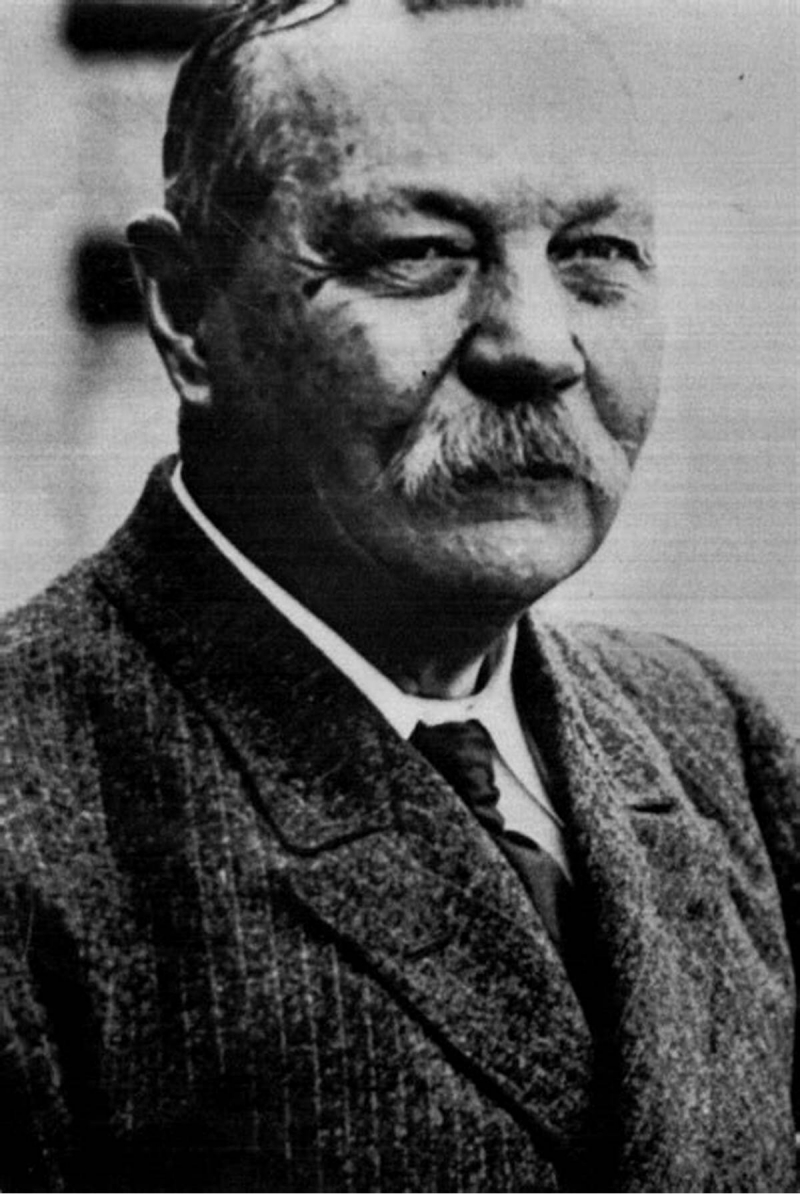
Source: Times Union 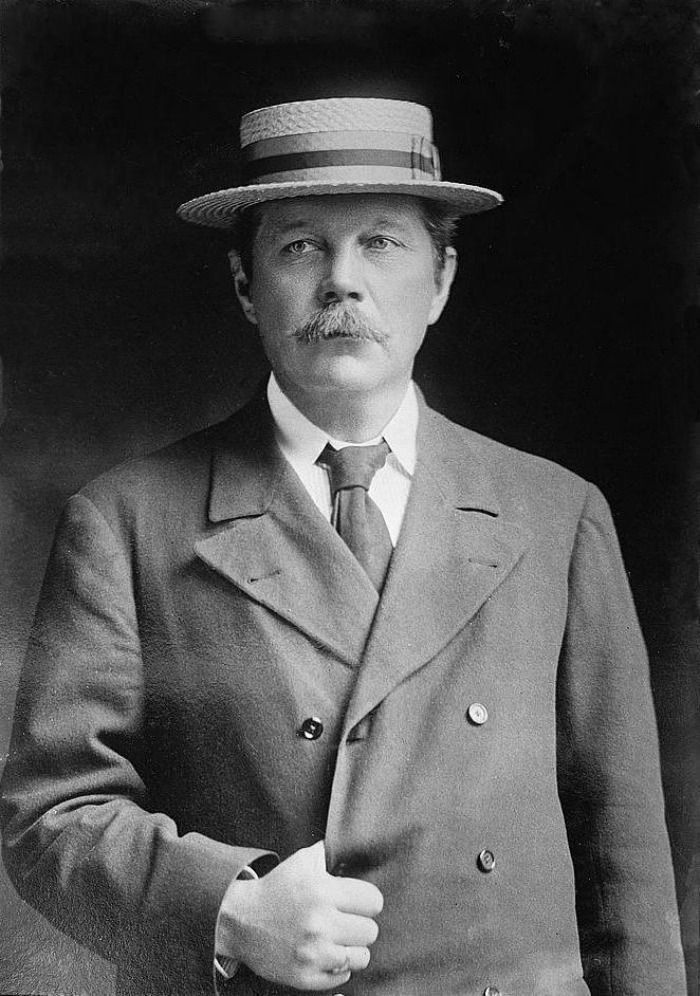
Source: Pinterest -
Following Conan Doyle's agreement with the Strand Magazine to publish a collection of short stories starring the brilliant detective, Sherlock Holmes' fame took off. When new issues came out, readers would wait in line at newsagents, and Conan Doyle eventually rose to become one of the highest-paid authors of his day. But the public's devotion to Sherlock Holmes irritated him. Conan Doyle also produced dramas, poems, and historical novels, but he believed that his detective fiction eclipsed these other, more profound works. The author made the comment, "I have had such an overdose that I feel against him as I do towards pâté of foie gras, of which I once ate too much, so that the name of it gives me a terrible feeling to this day".
Conan Doyle killed off Sherlock Holmes by having him fall to his death over the Reichenbach Falls in Switzerland in the 1893 tale "The Final Problem." More than 20,000 fans protested by canceling their subscriptions to the Strand because they were outraged. The Hound of the Baskervilles, which takes place before Holmes's demise, marked the end of Conan Doyle's eight-year publishing hiatus. Conan Doyle made the decision to revive his beloved detective in 1903 after receiving an incredible offer from American and British publishers. He wrote 56 short tales and four novels featuring Sherlock Holmes throughout the course of his career, which admirers now refer to as the "Canon."
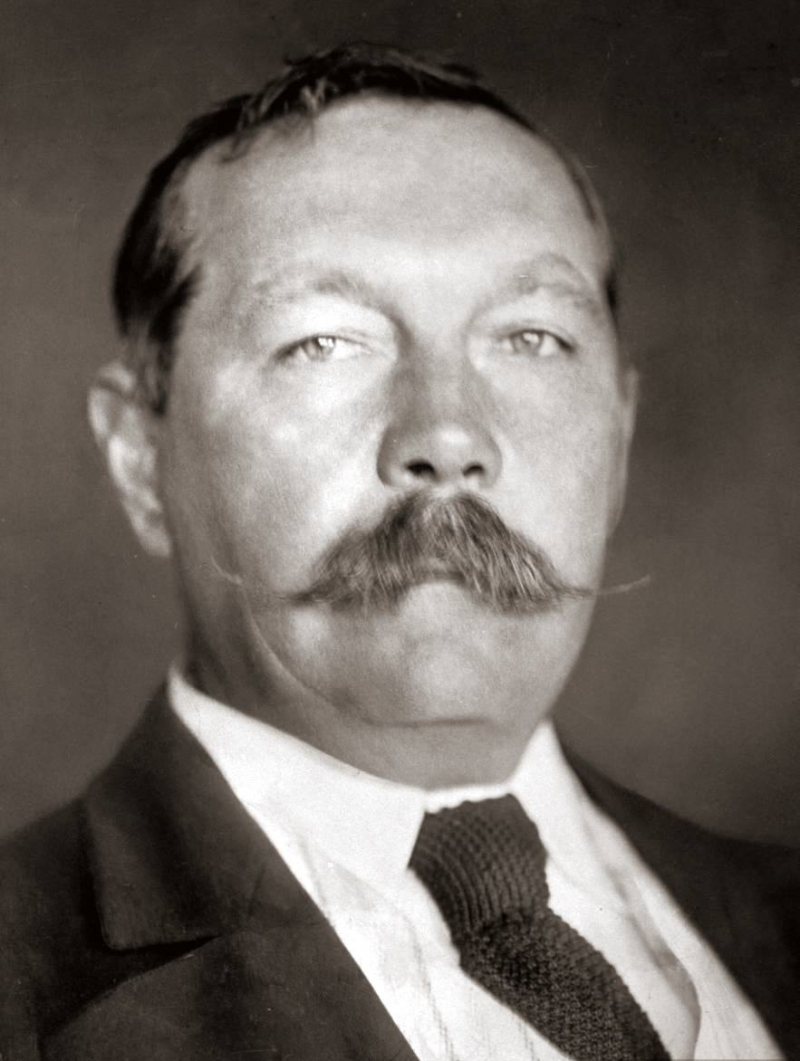
Source: Express Writers 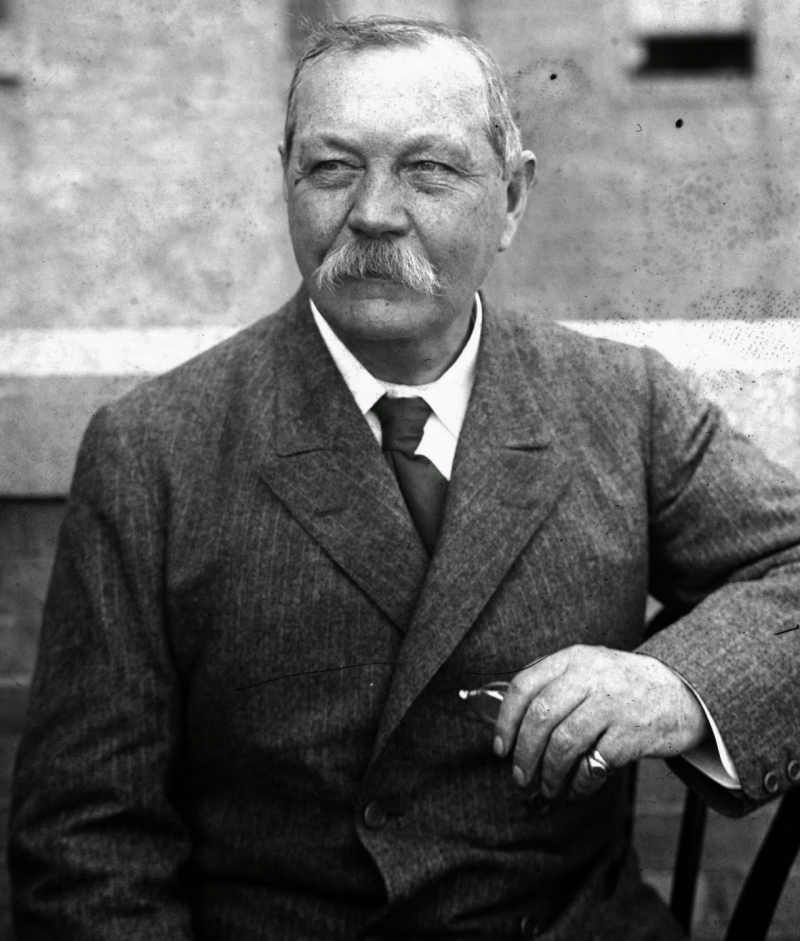
Source: oldradio.org -
A pair of shocking images were brought to Conan Doyle's attention in 1920. Elsie Wright and Frances Griffiths, two schoolgirls, appeared to be posing with fairies beside a creek in the English village of Cottingley in the pictures. Conan Doyle concluded that the images were authentic after performing what he thought to be a thorough examination, and he went on to write two articles and a book about the "Cottingley Fairies" as a result.
The pictures gained notoriety after being supported by a well-known author. Those who thought the photos were phony widely mocked Conan Doyle, yet he persisted; he hoped that the photographs would propel an incredulous public to “admit that there is a glamor and mystery to life” and, by extension, to accept the “spiritual message” that he worked tirelessly to promote.
In 1983, Wright and Griffiths finally confessed that the photographs were a hoax. The “fairies” were simply paper cutouts, copied from a children’s book, and propped up with hat pins. They had only meant to trick their parents; Wright later said that she and Griffiths were too embarrassed to admit the truth once their story was believed by the famous Conan Doyle.
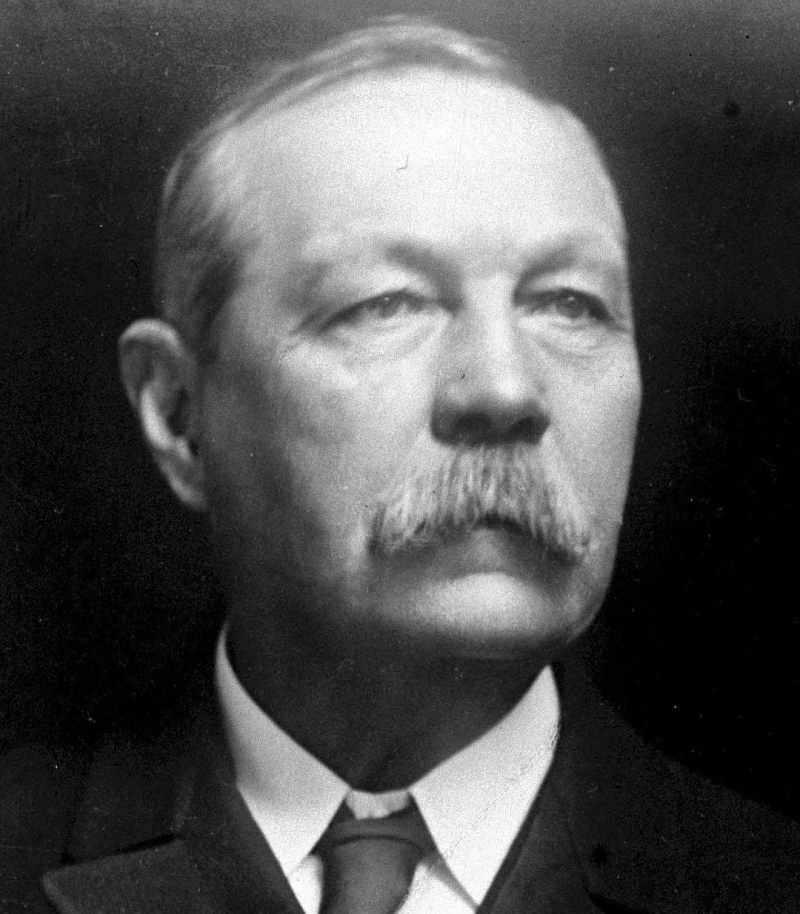
Source: pinterest.com 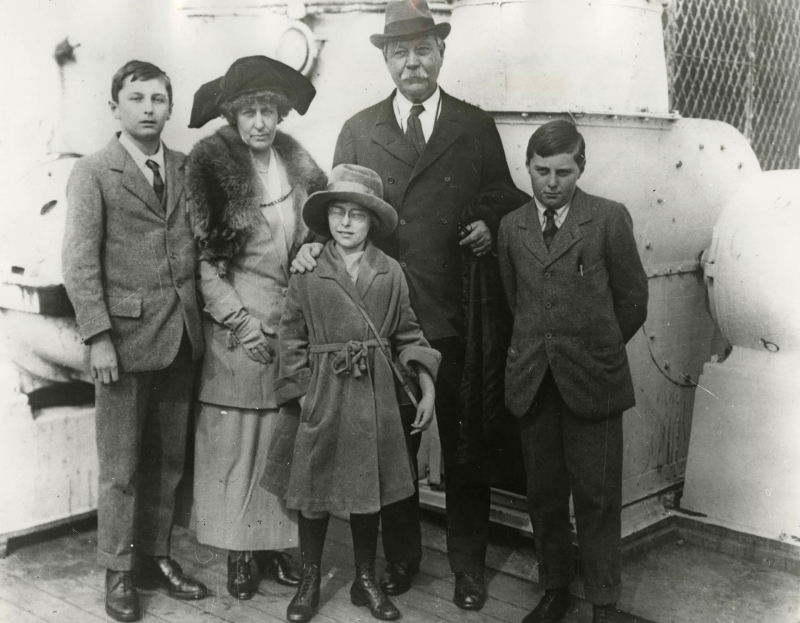
Source: arthur-conan-doyle.com -
George Edalji, a solicitor, was convicted in 1903 of dismembering a horse and sending a string of ominous anonymous letters to a remote parish. He was released from prison without a pardon three years later because the evidence against him was weak—the letters had been sent to his own family, for example. Conan Doyle, who created Sherlock Holmes, was contacted by Edalji in an effort to get him exonerated. After seeing Edalji and visiting the crime scene, Conan Doyle was convinced of his innocence.
Among other things, he noted that Edalji's nearsightedness made it impossible for him to slip through the countryside at night to attack livestock. And he understood that racial prejudice was probably at work; the author of an article suggesting that Edalji had been falsely charged claimed that Edalji, whose father was of Parsee heritage, "must definitely have [seemed] a very strange man to the eyes of an English town." Conan Doyle also bombarded the chief constable in charge of the investigation with letters, presenting new information and speculations about potential perpetrators. Despite receiving a pardon in the end, Edalji did not receive any recompense for the unfair prosecution of him.
Conan Doyle also worked to defend German-Jewish bookmaker Oscar Slater, who was found guilty of killing a wealthy woman in Glasgow. Despite Slater's alibi, the police focused on him as the criminal, and it would subsequently become clear that crucial evidence was suppressed throughout the trial. Conan Doyle was a strong supporter of Slater's release from prison and published The Case of Oscar Slater in 1912, which exposed serious faults in the investigation and trial. Conan Doyle persisted in exerting political pressure and even chipped in to cover Slater's legal costs after his petition to the authorities fell on deaf ears. After serving more than 18 years in jail, Slater was released in 1927.
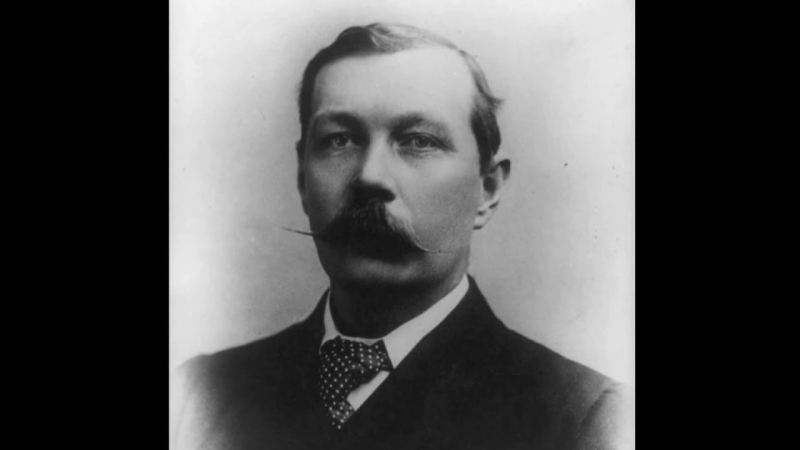
Source: Amazon.co.uk 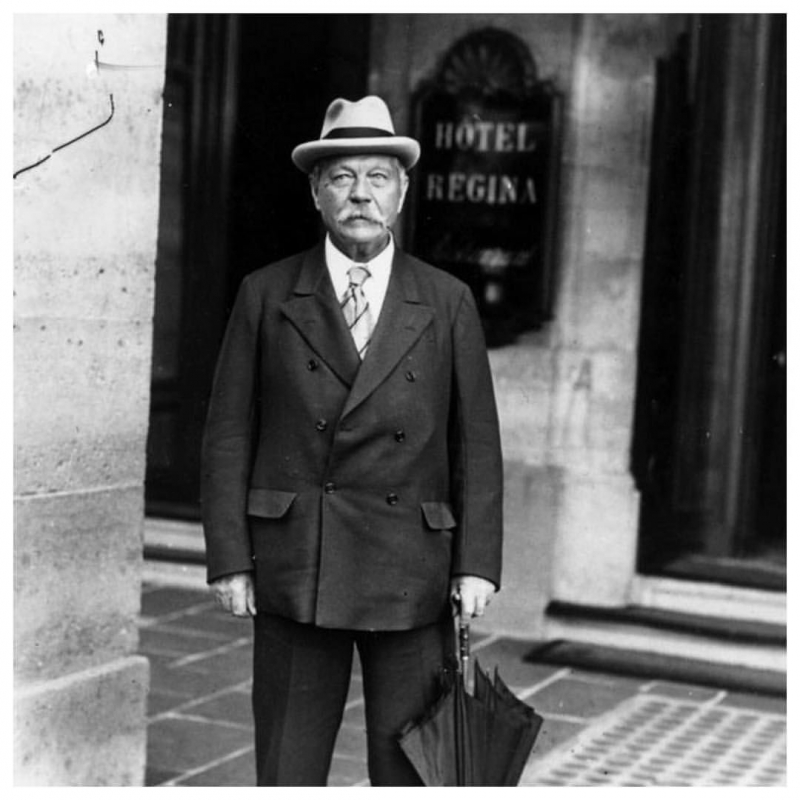
Source: Pinterest









